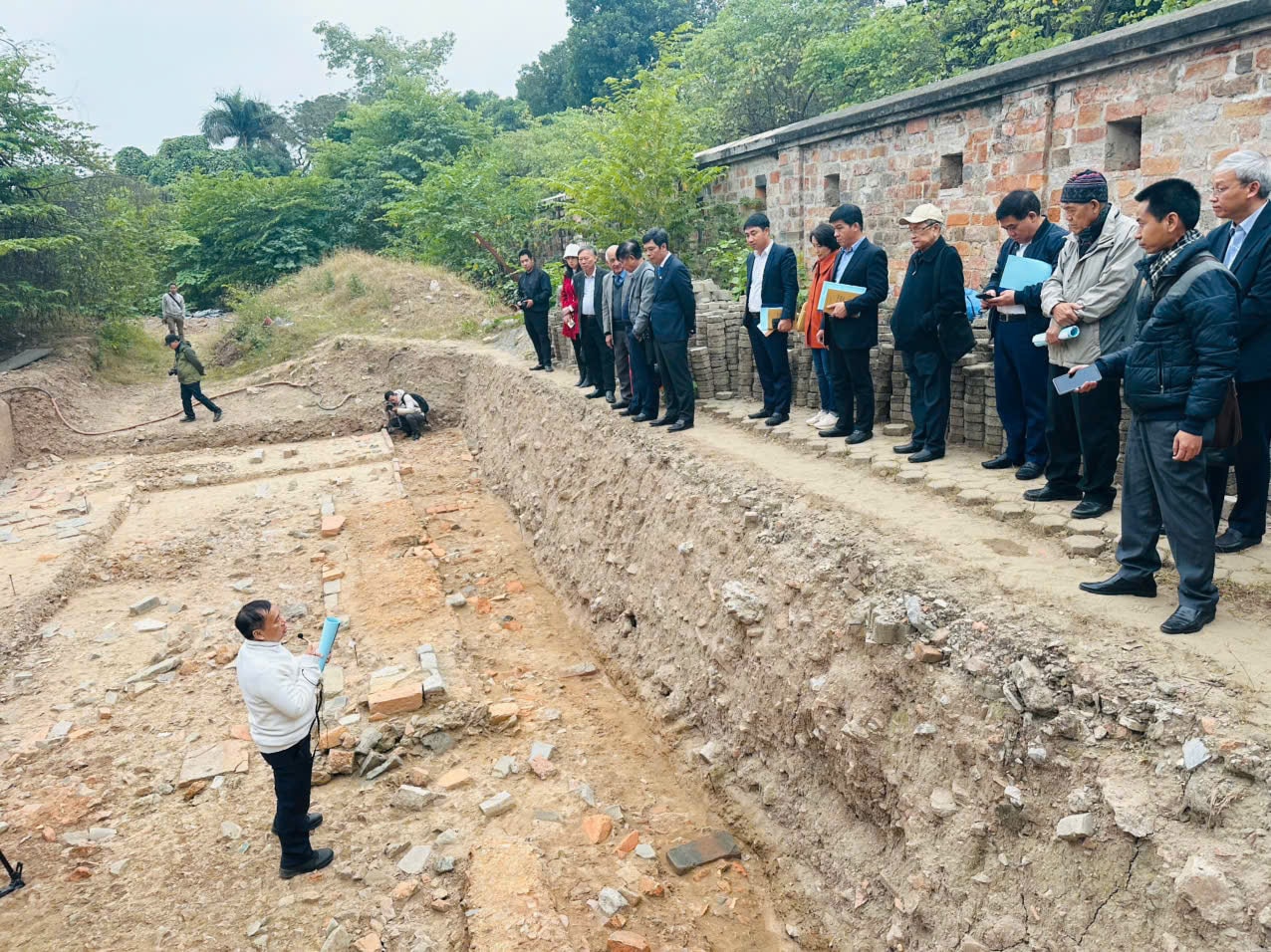
Associate Professor, Dr. Tong Trung Tin, Chairman of the Vietnam Archaeological Association, informed about archaeological results in 2024. Photo: Hoang Lan
According to Associate Professor Dr. Tong Trung Tin, Chairman of the Vietnam Archaeological Association, scientists have excavated four pits in different locations in the Thang Long Imperial Citadel area and have made many interesting discoveries, reinforcing previous hypotheses about the shape of Kinh Thien Palace.
Accordingly, at the H1 excavation pit in the southwest area of Hau Lau, a number of architectural vestiges of the Nguyen, Le Trung Hung and Le So dynasties were discovered. In particular, the exposed column foundation vestiges discovered in 2024 are a continuation to the west of the corridor architecture of the Le So dynasties that was discovered in the 2023 excavation.
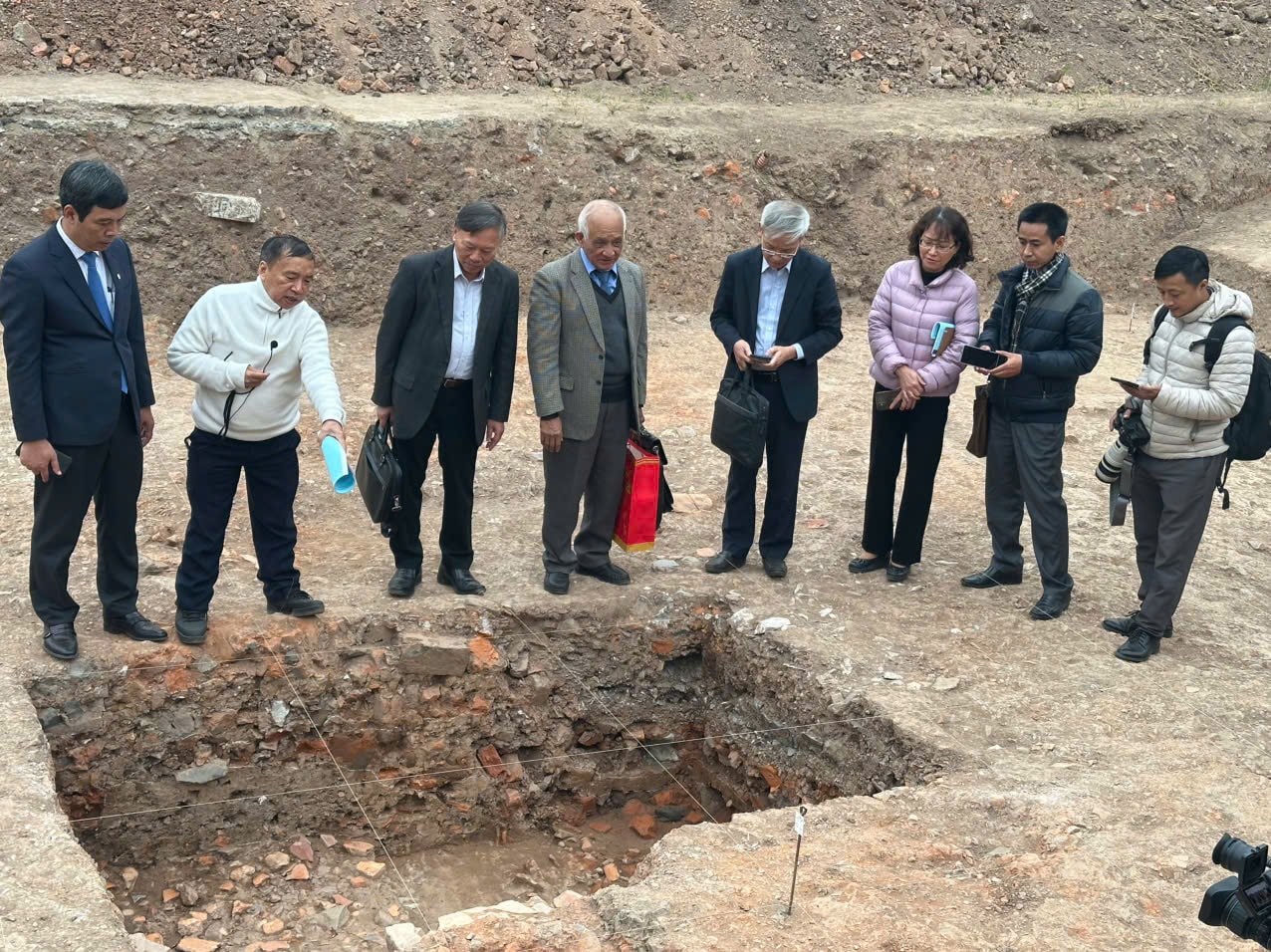
Scientists found additional column foundations and foundations of the Kinh Thien Palace. Photo: Hoang Lan
Excavation pit H2 at the location on the Kinh Thien Palace foundation was opened to explore the southwest of the Artillery House. Basically, the excavation results have provided important information, that is, the traces of the Nguyen Dynasty foundation still extend from east to west, the traces of the Le Trung Hung Dynasty column foundations are all on the same axis as the two rows of foundations discovered earlier in 2011 and 2023. This result has further clarified the foundation structure of the Kinh Thien Palace main hall during the Le Trung Hung Dynasty (17th - 18th century).
In the H3 excavation pit at the west position of the Operation Department tunnel, 3 architectural vestiges of the Later Le Dynasty (17th - 18th century) were discovered. These vestiges are all continuations of the corridor and surrounding wall architecture discovered from 2014 - 2015.
In the H4 excavation area north of Doan Mon, at a depth of about 1.2m, architectural vestiges of the Le Trung Hung period were revealed, including: Dan Tri yard, Ngu Dao and a cluster of bricks. The most interesting discovery was that about 30cm below Ngu Dao and Dan Tri from the Le Trung Hung period was a large underground drainage system (53cm high, 37cm wide) with the function of draining water for the entire Dai Trieu space. These vestiges are also a continuation of previous excavations.
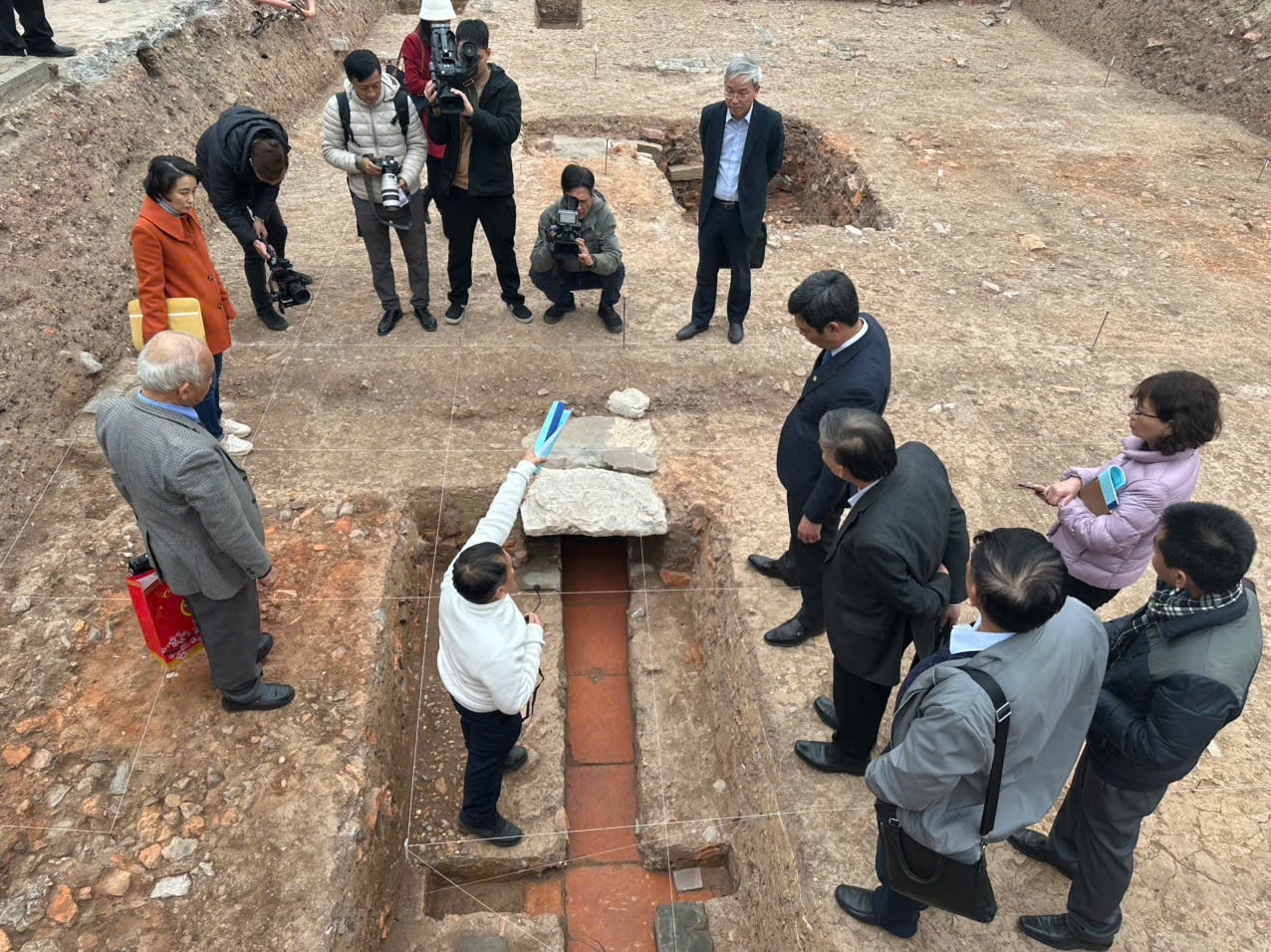
The most important discovery is that about 30cm below the Royal Road and Dan Tri during the Le Trung Hung period is a fairly large underground drainage system. Photo: Hoang Lan
According to scientists, the 2024 excavation, although only excavating a small area, has brought many new insights, taking an important step forward in identifying the Kinh Thien Palace and the Kinh Thien Palace space during the early Le Dynasty (15th - 16th century) and the Later Le Dynasty (17th - 18th century) in terms of architecture, materials, overall layout and construction techniques. These are all basic attributes of the outstanding global value of the World Heritage Site of the Central Sector of the Imperial Citadel of Thang Long.
Speaking to the press, Associate Professor Dr. Tong Trung Tin said that the excavation results in 2024 continued the findings of previous years, allowing scientists to predict the possibility that Kinh Thien Palace had 9 compartments, with a carefully and meticulously made column and foundation system. In addition, the new discoveries also allowed scientists to hypothesize that the main space of Kinh Thien Palace might end at the D67 house area, followed by the Can Chanh Palace space.
Associate Professor, Dr. Tong Trung Tin said that, in order to understand more details and more accurately, in the upcoming excavations, it is necessary to develop a plan or a comprehensive excavation strategy as recommended by UNESCO to clarify and further increase the outstanding global values of the Thang Long Imperial Citadel Heritage Site in response to the recommendations of ICOMOS and the World Heritage Center in 2023 and 2024. This is also a highly authentic basis for studying the restoration of the Kinh Thien Palace and Kinh Thien Palace space.
Source: https://hanoimoi.vn/phat-hien-them-nhung-dau-tich-quan-trong-cua-dien-kinh-thien-hoang-thanh-thang-long-690106.html








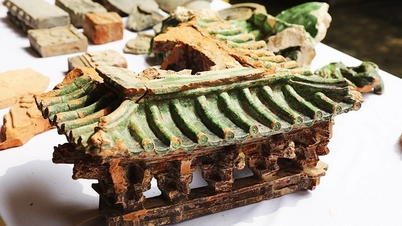



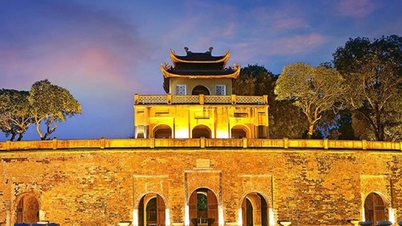







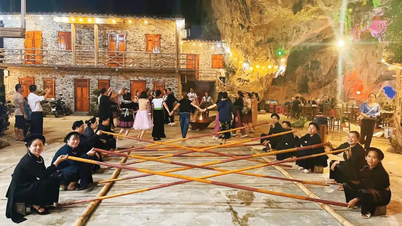

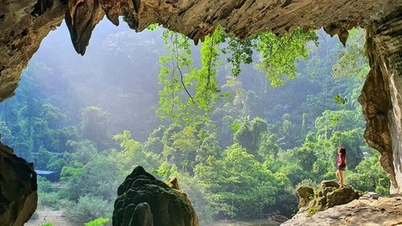

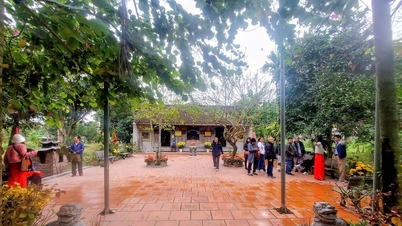

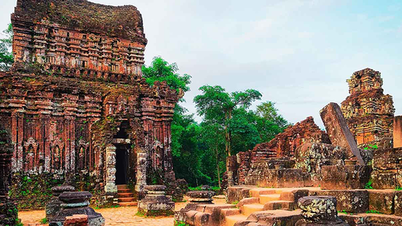


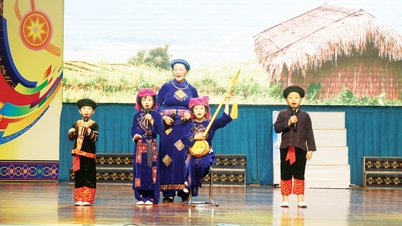







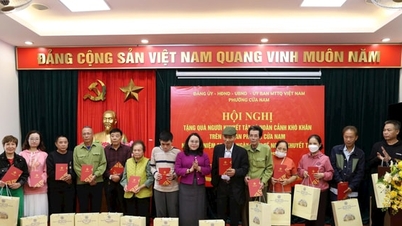

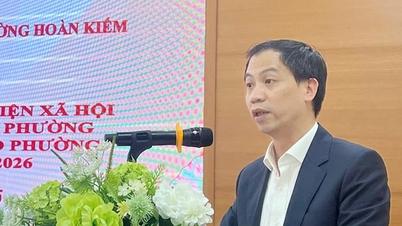
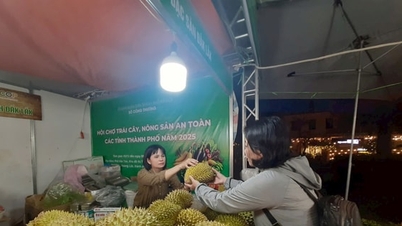
![[Photo] Parade to celebrate the 50th anniversary of Laos' National Day](/_next/image?url=https%3A%2F%2Fvphoto.vietnam.vn%2Fthumb%2F1200x675%2Fvietnam%2Fresource%2FIMAGE%2F2025%2F12%2F02%2F1764691918289_ndo_br_0-jpg.webp&w=3840&q=75)
![[Photo] Worshiping the Tuyet Son statue - a nearly 400-year-old treasure at Keo Pagoda](/_next/image?url=https%3A%2F%2Fvphoto.vietnam.vn%2Fthumb%2F1200x675%2Fvietnam%2Fresource%2FIMAGE%2F2025%2F12%2F02%2F1764679323086_ndo_br_tempimageomw0hi-4884-jpg.webp&w=3840&q=75)




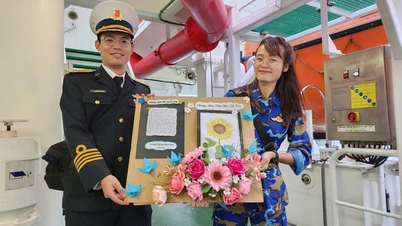


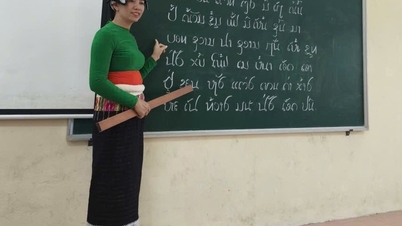
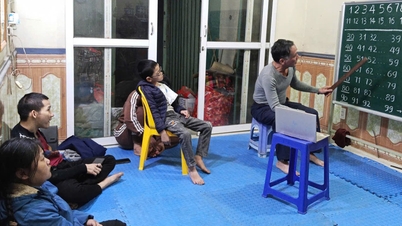
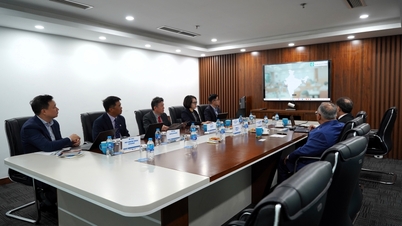
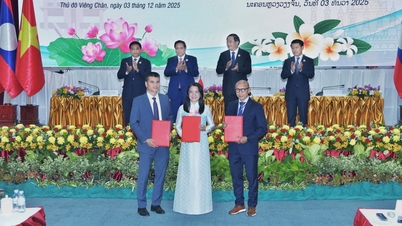



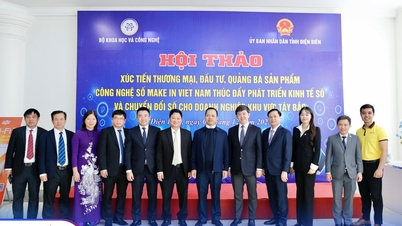
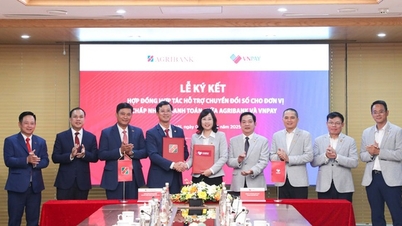







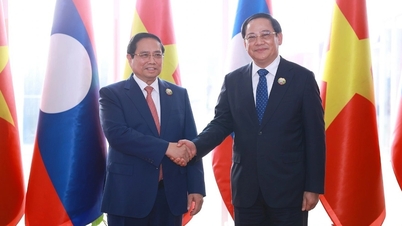

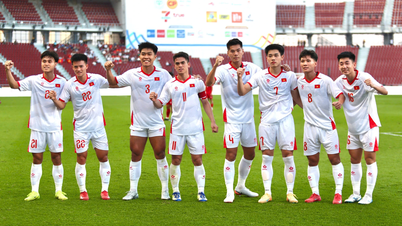












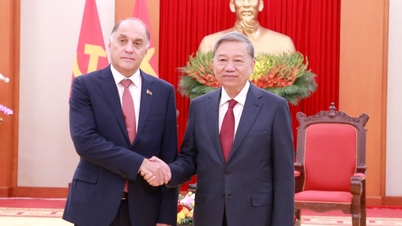
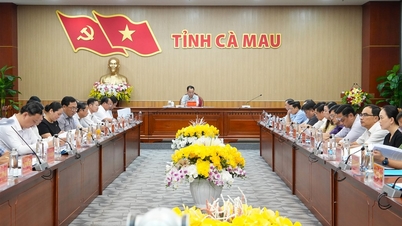

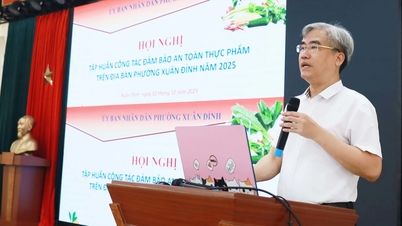
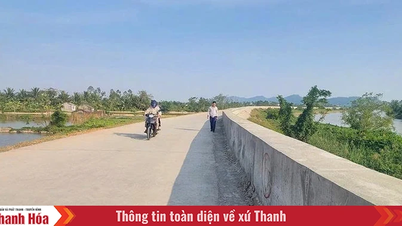

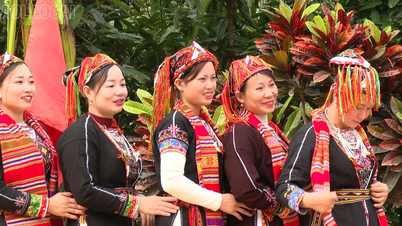

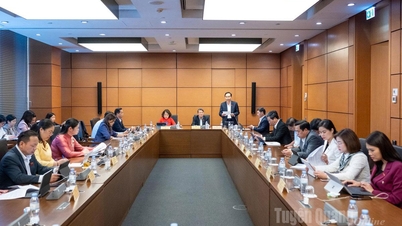











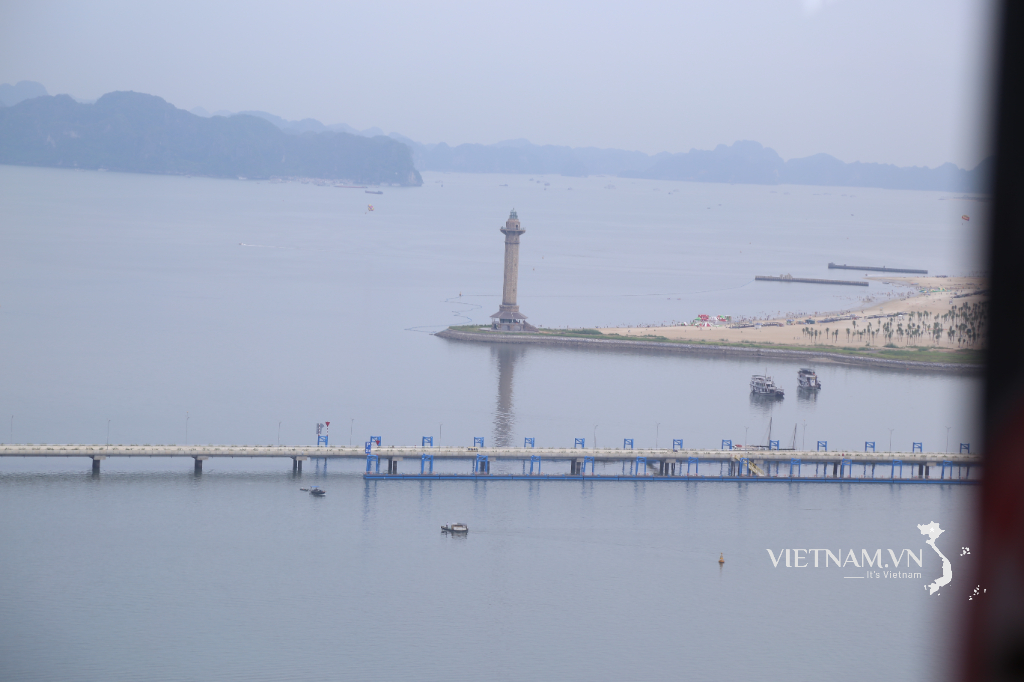

Comment (0)